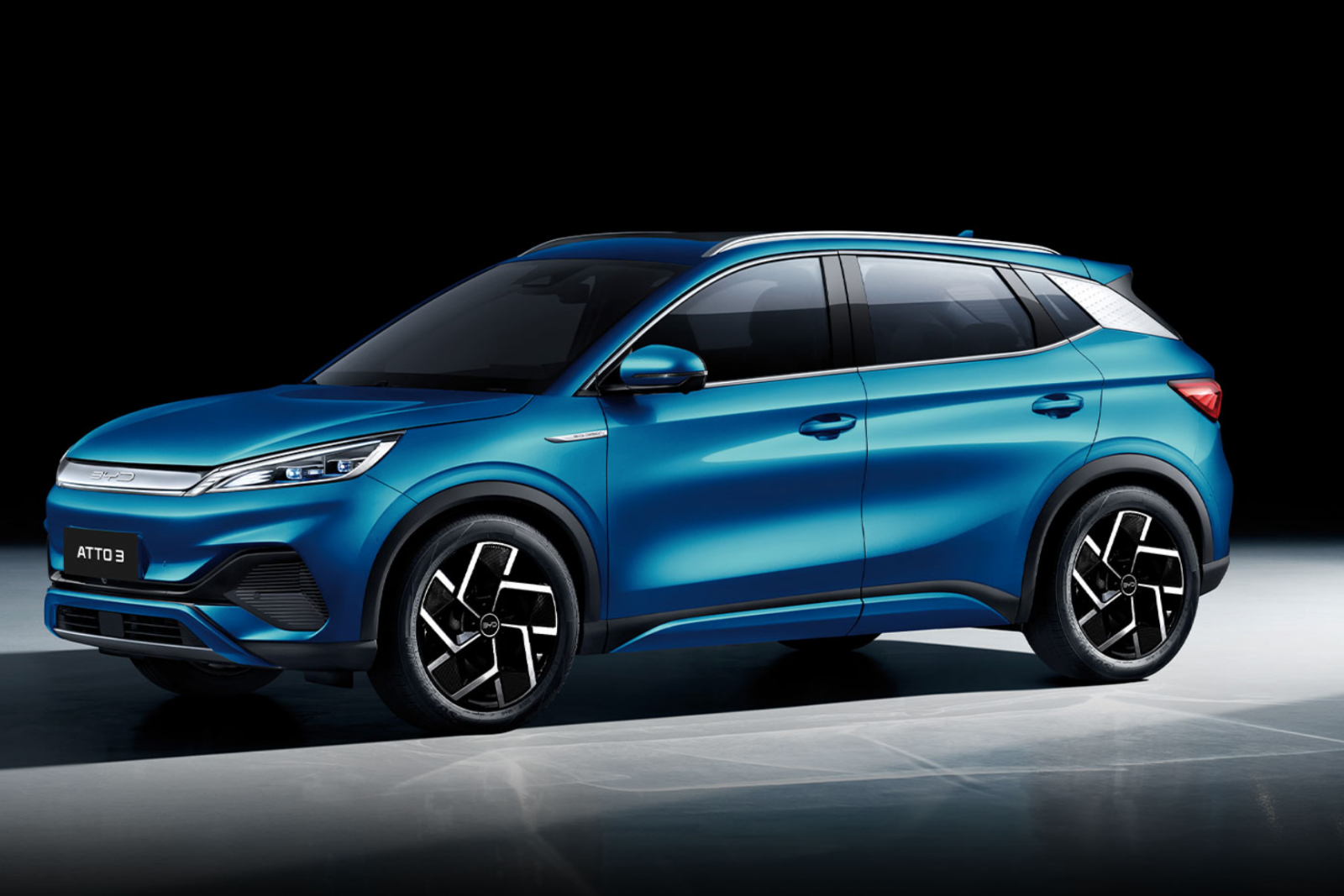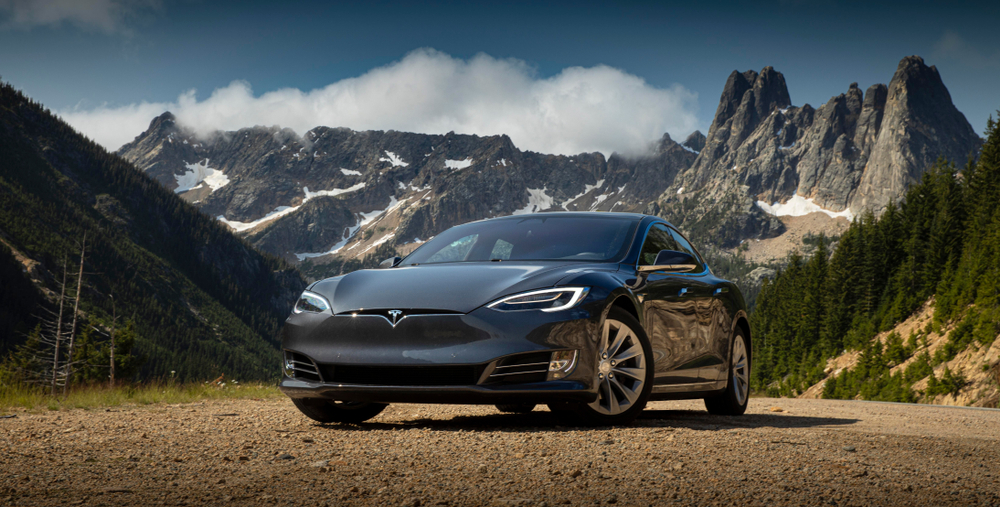BY Max Williamson FCA, FGov, FFin, FCPA

CONCLUSIONS
Potential buyers and users of EV’s need to be extremely careful of the claims, counter claims and promo materials being put out by the vested interests.
If UBER is getting completely out of hybrids for its fleet, there must be economic support for EV’s versus hybrids for higher use operators and commercial fleets.
The second hand market for older model EV’s, including Teslas is dramatically negatively impacted by the age of the batteries therein, the warranties periods remaining on the batteries and the then version of the EV technologies in those vehicles. Thereafter the normal supply and demand functions impact upon the residual values.
A range of the older EV’s are now out of warranty either due to years passing or because components were not fully covered eg batteries. There have been some seriously bad verified stories about battery failures, the costs to replace those batteries and last but far from least the cost of disposing/recycling the exhausted/failing batteries.
There are more than simple economic reasons why EV manufacturers in China are discounting their EVs in Australia.
The movement to make EV’s that effectively are portable batteries intended for use in storing excess home generated electricity will make them attractive to house owners who do not wish to use in-home storage batteries (eg because of fire risks and insurance premiums) while still using in-home battery charging.
In short buyer beware.
TODAY
Presently EV’s are making up around 10% to 12% of all new vehicles sales on an annualised basis. This means that 88% to 90% of all new vehicles are internal combustion engine vehicles or hybrids. Of these 88% to 90%, hybrids have been usually around the 10% to 15%, meaning internal combustion engine (ICE) vehicles are on average going to last eight to 10 years assuming no accidents. It is going to take twenty to thirty years before Australia will be able to make meaningful reductions in vehicle pollution, today’s buyers are virtually guaranteed they will have parts and service facilities for their ICE vehicles through the life of their vehicles.
The EV market is undergoing considerable strains from imports of Chinese imported vehicles. National TV adverts promoting the sales of MG4 passenger EV’s starting from $30,990 are going to impact the sales of all other EV brands, particularly Tesla (Model 3 $61900) and the luxury end like Volvo (XC 40 $85990), Mercedes ($89900) and more regular brands like Nissan (Leaf $50990). For anyone who has recently checked over a MG manufactured vehicle and noted the quality and drivability of their vehicles, these types of prices are going to cause a lot of buyers to closely think through their next new car.
UBER has just announced that it is getting out of Hybrids in its fleet and moving its city vehicles to EV’s.
Our news papers have had plenty of articles warning potential users and buyers of EVs from China that the software in-built into their tracking systems can and may be used for accessing private information about the owners. Imports of Chinese EV’s into the USA are subject to tariffs of out to 60% and if Donald Trump is re-elected in November 2024 his promise is to hike that tariff out above 100%. Could it be that China is thus “dumping” its EV’s here? The recent economic stimulus package in the PRC to boost their slowing economy will be encouraging the PRC to buy our iron ore, alumina, lithium and rare earth minerals, with an arm twist of Australia needs to take in PRC manufactures. It will be very interesting to see how other PRC EV manufacturers (eg BYD, Cherry, Haval) react to the MG moves on price discounting. Remember Tesla recently had 60000 Model 3’s sitting on the docks looking for buyers.
The major lithium/nickel cobalt battery manufacturers are heavily dominated by China operations, leaving Australia to be at risk if China wishes to stress other economies by withholding supplies.
There is an exemption for Fringe Benefits Tax available on EV’s where the vehicle is acquired prior to 31 March 2025. Present indications are this exemption may NOT be continued post 31 March 2025.
McKinsey and Co released in March 2024 a Mobility Consumer report (survey) of EV owners in Australia and in other major EV buying countries. The key question was “Would the owners when it came time to replace their EV’s, buy another EV or hybrid”. In Australia the response was 49% said NO and 51% said Yes, with the note that the Tesla buyers were notoriously confident in their EV’s and represented highly in the 51%. The principal reason available seemed to be the lack of charging stations in this country, especially once the driving extended outside the major capital cities and the problems with charging in built up areas (eg because of council regulations, limited capacity in unit blocks and slow charging rates from standard power outlets). This means that 49% would return to a diesel or petrol driven internal combustion engine vehicle.
Body corporates are pushing the costs of electrical upgrades for compatible charging and fast charging facilities onto their owners and tenants. This can include upgrades to power circuitry, mains boards and plug-in points. Allowing for the hours it can take to charge an EV using standard 240 volt power lines, EV owners are faced with issues of major costs every time they move residence to ensure they can use an EV from that place. Councils and power companies are also becoming aware of the needs to upgrade their regional power circuitry to ensure a building or a series of buildings in a region are not going to overload their power distribution system and cause blackouts (eg multiple owners in the same building all coming home at the same hour and putting their EV’s into fast charge mode); needless to say these situations are causing those bodies to look for a recovery of the additional costs incurred in supplying sufficient volumes of quality electricity in peak charging periods.
As EV’s are coming out of warranty on the entire vehicle or over components, major costs can arise when batteries need replacement. While batteries are commonly being warranted out to 8 years and some manufacturers out to 10 years, the costs of replacement batteries can be extraordinarily huge particularly compared to the market values of the EV’s themselves. Your author has verified a situation where a 6 year old Mercedes SUV EV had on in its internal screen a warning for imminent battery failure. The man purchased the vehicle without an extended warranty as was then available for Mercedes batteries. Taking the car to the original Mercedes dealership he discovered it would cost him $35,000 to replace and dispose of the failing batteries. A similar warning has arisen for an Audi SUV EV; in that case the costs were even higher at $50,000. This has to do with the various battery components and toxic materials used in their construction.
As a follow on it is important to note that warranties over batteries do not apply in situations of vehicle abuse or accidents, so if an EV has some or all of its batteries damaged through some negligence, abuse of the vehicle or an accident, the manufacturer’s warranty will not apply and the only coverage would then be via comprehensive accident insurance. Insurers are not known for their benevolence, so an insurer faced with a major claim over an EV is going to look hard at scrapping the EV if that will produce a lower payout.
As a generalisation ICE vehicles will cost up front around 20% to 30% less than the same vehicles powered as an EV. While this gap seems to be diminishing, the average man in the street will see this difference very important in his decision making. Recognising buying a second-hand EV has its real issues with battery failures and warranties, the buyer can get basically a much newer vehicle for his or her investment. With Australia being in a state of undeclared recession, up front costs will regularly be decisive for years to come.
Looking at Plug-in hybrids as a cheaper alternative to an EV the following table available from a reputable writer on the web should give guidance:
Vehicle Non-petrol range Fuel economy Range
Toyota Rav 4 42 miles 94 mpg equivalent 432
Ford Escape 37 101
Kia Sportage 34 84
Hyundai Tucson 33 80
As a final but not the last point worth raising, potential buyers of an EV should spend some time browsing the web checking out photographs not of the high quality and presentation of the vehicles involved, but on the petrol stations and charging stations where their vehicle is capable of being refilled. Relevant ques can be long and offer few alternatives. In Australia charging stations can be limited and far between and especially in peak periods, access to charging points can be seriously stressful. It is also important to ensure you have credit or debit cards or even Tesla accounts that will allow for payment; you will have problems accessing a charging point if you do not ensure you have done your due diligence on money, the plug in cables and compatible pins required.
In case you missed it I did buy an ICE. Happy motoring. Max Williamson




